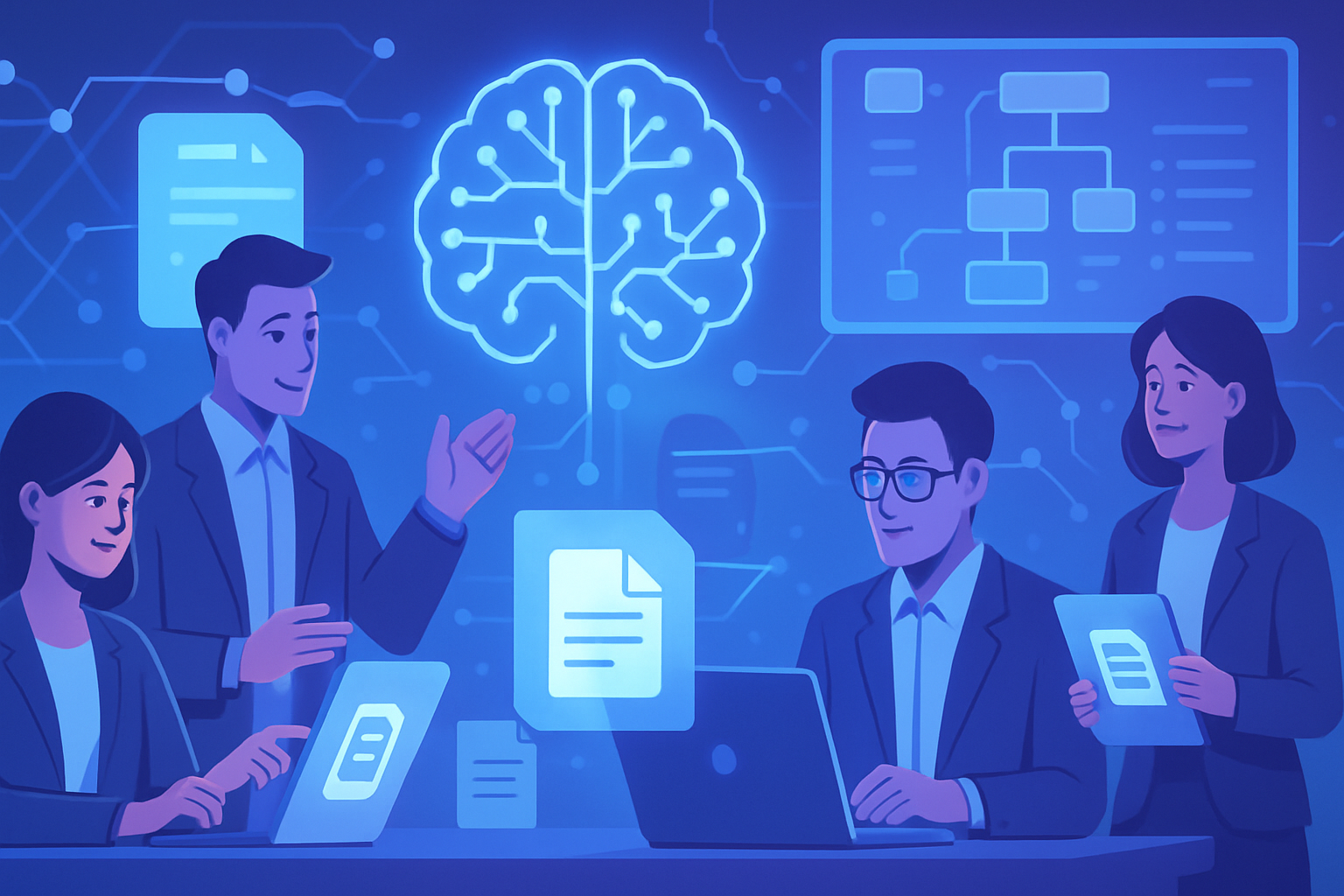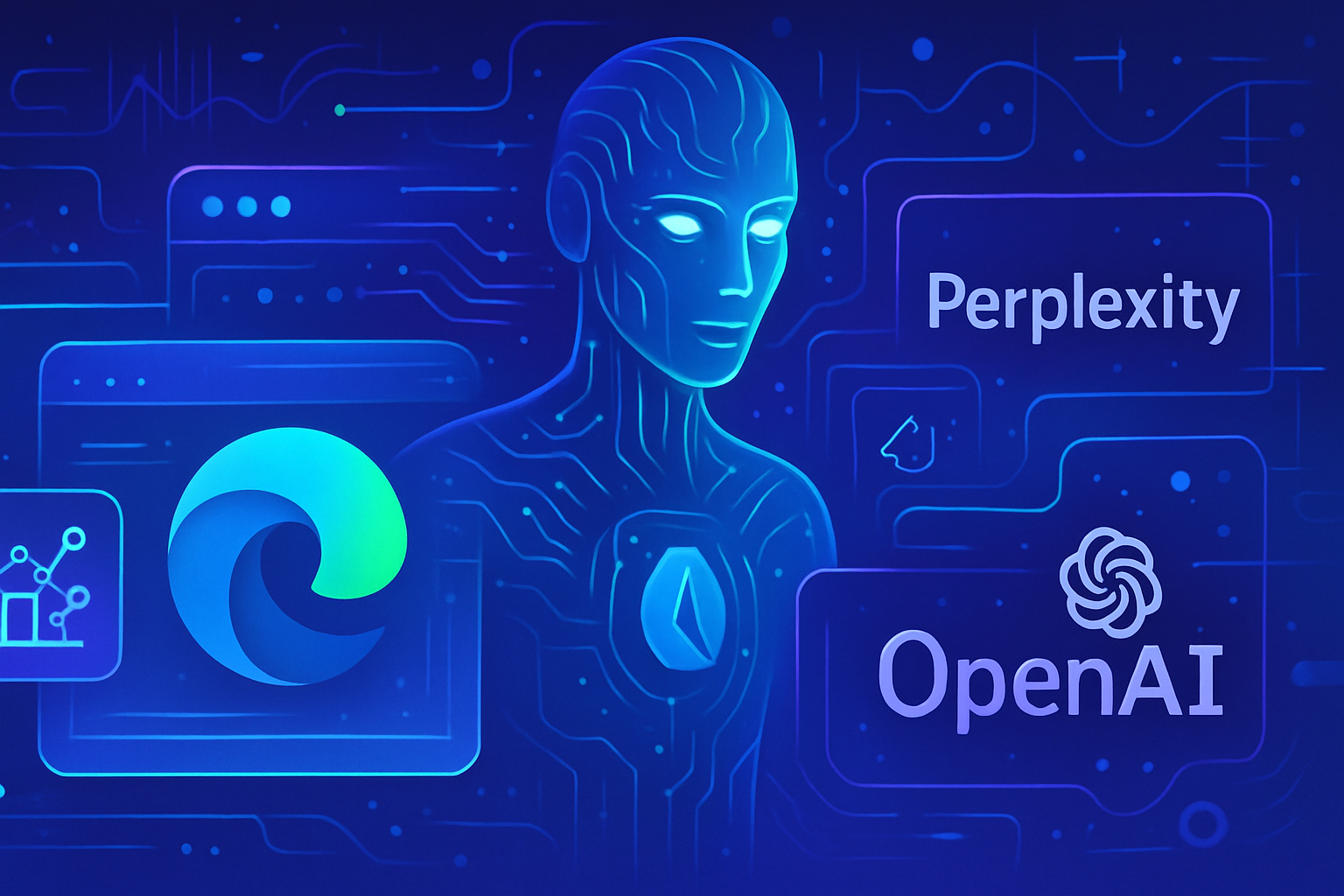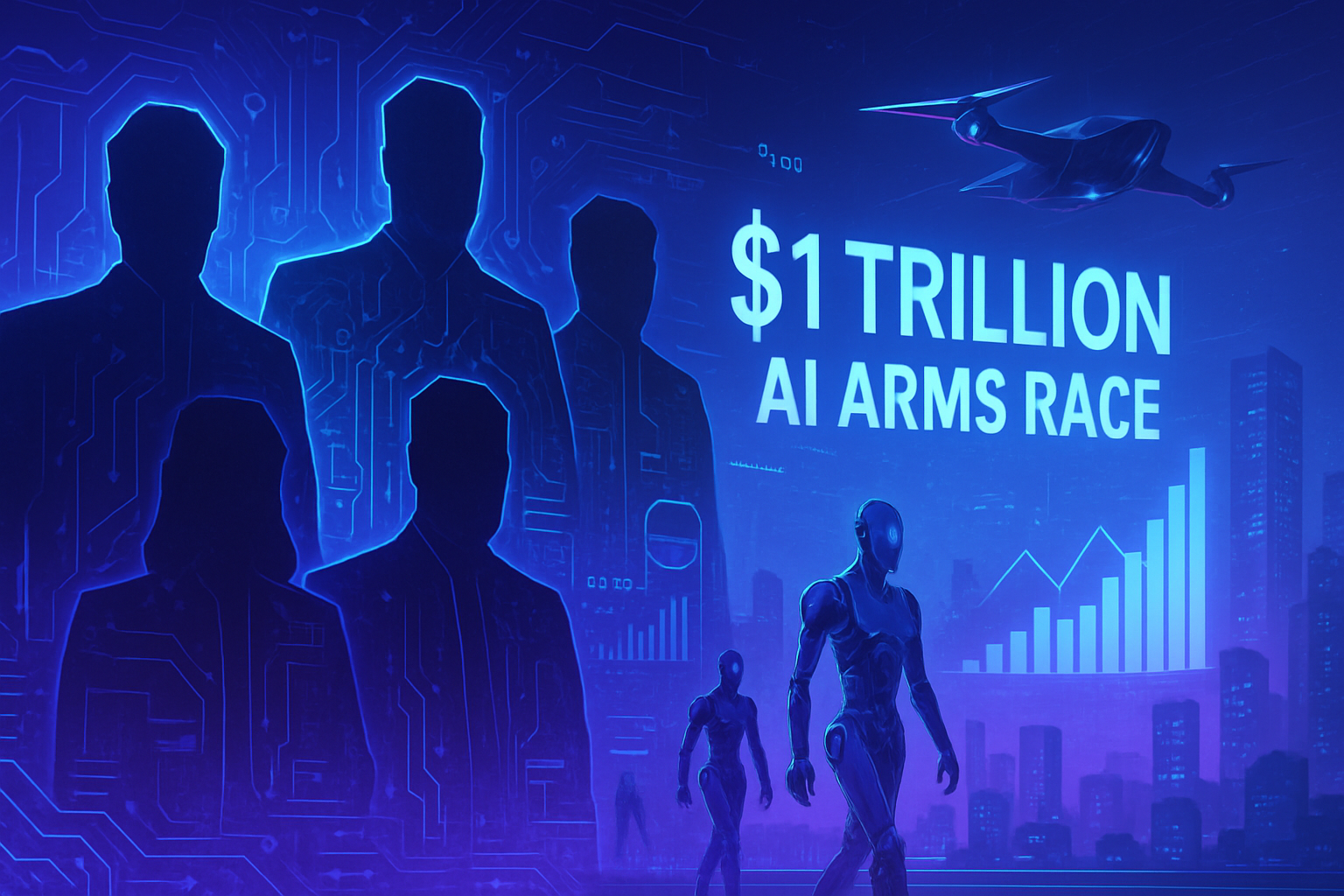The era of artificial intelligence imposes colossal challenges in training versatile robots. Overcoming the inefficiency of traditional methods requires a revolutionary approach. An innovative technique is emerging, promising a *significant optimization* of the learning process.
Training adaptable robots is a crucial issue. By utilizing a multitude of heterogeneous data, this method promotes *faster* and more efficient *learning*.
The synergy between perception and action redefines robotic capabilities, paving the way for *varied and complex applications*.
An innovative method for training versatile robots
The challenge of training versatile robots has long been a stumbling block in the field of robotics. The traditional process relies on collecting data specific to each robot and each task in a controlled environment. This method remains costly and laborious, making skill generalization difficult. Robots struggle to adapt to unknown environments or tasks not previously encountered.
An innovative approach from MIT researchers
Researchers at MIT have developed a powerful technique that merges vast amounts of heterogeneous data into a single system. This method allows for teaching a variety of tasks to different robots. The approach relies on aligning data from simulations, real robots, and various modalities such as visual sensors and robotic arm position encoders. All this data is transformed into a common language that can be understood by a generative AI model.
Efficiency and cost-effectiveness
By combining various data sets, this technique appears faster and less expensive compared to traditional methods. The need for fewer task-specific data allows for unprecedented convenience. Results show an improvement of over 20% in performance during simulations and real-world conditions, surpassing traditional training.
A model inspired by LLMs
The innovative approach relies on inspiration drawn from large language models. The concept of a robotic “policy” evaluates observations from sensors before indicating specific actions for the robot. Traditionally, these policies are trained via imitation learning, where a human guides a robot to generate data.
This process often comes with limitations when facing changes in environment or tasks. By integrating concepts from LLMs, researchers propose a pre-training phase with a vast corpus of varied data, enabling smooth adaptation to multiple tasks while requiring minimal specific data.
Assembly and processing of information
Robotic data comes in several forms, including images from cameras and natural language instructions. MIT has designed an architecture called Heterogeneous Pretrained Transformers (HPT), focused on unifying data from different modalities. This architecture centralizes a machine learning model that processes visual and proprioceptive inputs, similar to the structures of LLMs.
The transformer converts the various inputs into a shared space, thereby enhancing the model’s effectiveness as it learns from more data. The user only needs to provide data related to the design and tasks of the robot. Then, HPT transfers the acquired knowledge to quickly learn a new task.
Towards more agile movements
A major challenge in the development of HPT has been assembling a massive dataset for pre-training, incorporating over 200,000 robotic trajectories from 52 different sets. This process also requires efficient transformation of raw proprioceptive signals, ensuring a fair consideration of signals relative to visual data.
Tests conducted show that HPT improves robot performance by more than 20%. These results remain positive even when tasks diverge from the initial learning data, reinforcing the idea of robotic system adaptability.
Future prospects
Researchers plan to explore how the diversity of data could enhance the efficiency of HPT. An ultimate ambition is to develop HPT to handle unlabeled data, similar to contemporary LLMs. The dream is to create a universal robotic brain that any user could deploy without prior training.
Funding for this research comes, in part, from the Amazon Greater Boston Tech initiative and the Toyota Research Institute. These efforts reflect a collective desire to advance robotics towards unprecedented levels of agility and versatility.
Frequently asked questions about a faster and more efficient method for training versatile robots
What is a faster and more efficient method for training versatile robots?
It is a technique that combines a wide variety of data from different sources and modalities to train a robot to accomplish various tasks without having to restart the learning process each time.
How does this method improve the adaptability of robots?
This approach allows robots to acquire diverse skills in a shortened time-frame by training them on already existing data, enabling them to better adapt to unknown environments and tasks.
What types of data are used in this method?
It relies on a broad range of data, including videos of human demonstrations, simulations, vision sensors, and positioning information, all of which are aligned into a common language for learning.
What role do Heterogeneous Pretrained Transformers (HPT) play in this technique?
HPT unify and process heterogeneous data into a single learning model, allowing the robot to transfer knowledge acquired during pre-training to new tasks.
What are the economic benefits of this method for businesses?
It reduces the cost and time required to collect task-specific data, enabling businesses to train effective robots without high data investment.
How does this method compare to traditional learning techniques?
It is generally faster and more efficient, outperforming traditional methods by over 20% in simulation and real-world studies, as it leverages pre-existing data.
Can this method be applied to different types of robots?
Yes, this method is designed to be versatile and can be used for different types of robots, facilitating learning across various designs and mechanical configurations.
What challenges were encountered during the development of this technique?
One major challenge was creating a colossal dataset that includes thousands of robot trajectories and efficiently processing signals from various sensors.
Does this method work for tasks that are very different from those on which the robot was pre-trained?
Yes, the method has shown performance improvements even when the tasks were significantly different from the data previously used for learning.
What is the future vision for using this technique in robotics?
Researchers wish to continue exploring how the diversity of data can further improve performance and dream of a “universal robotic brain” that can be downloaded without requiring any additional training.






